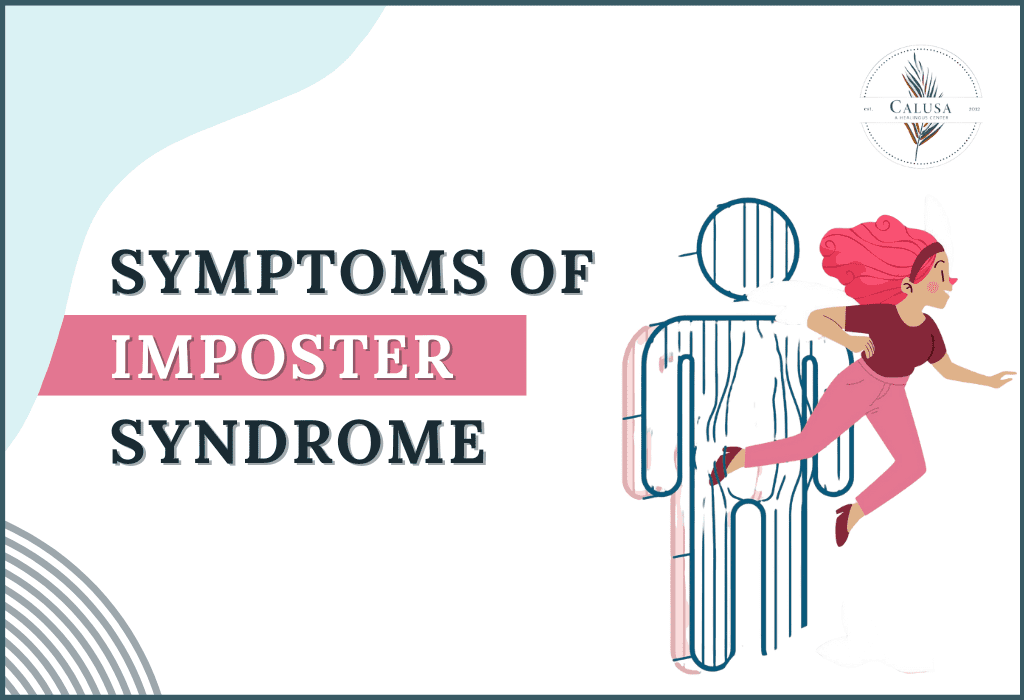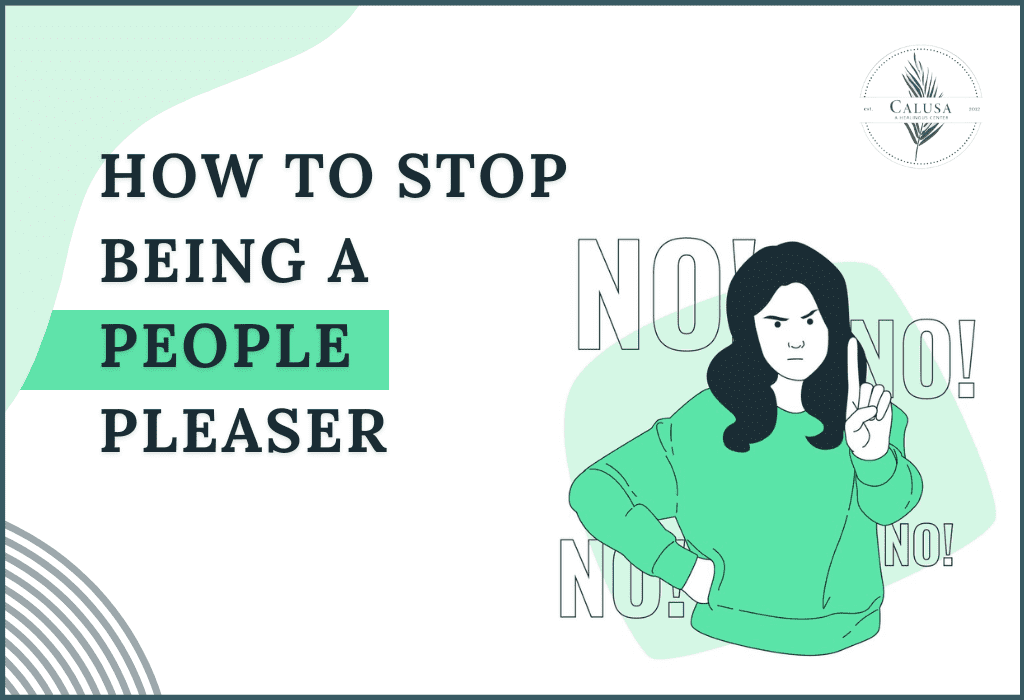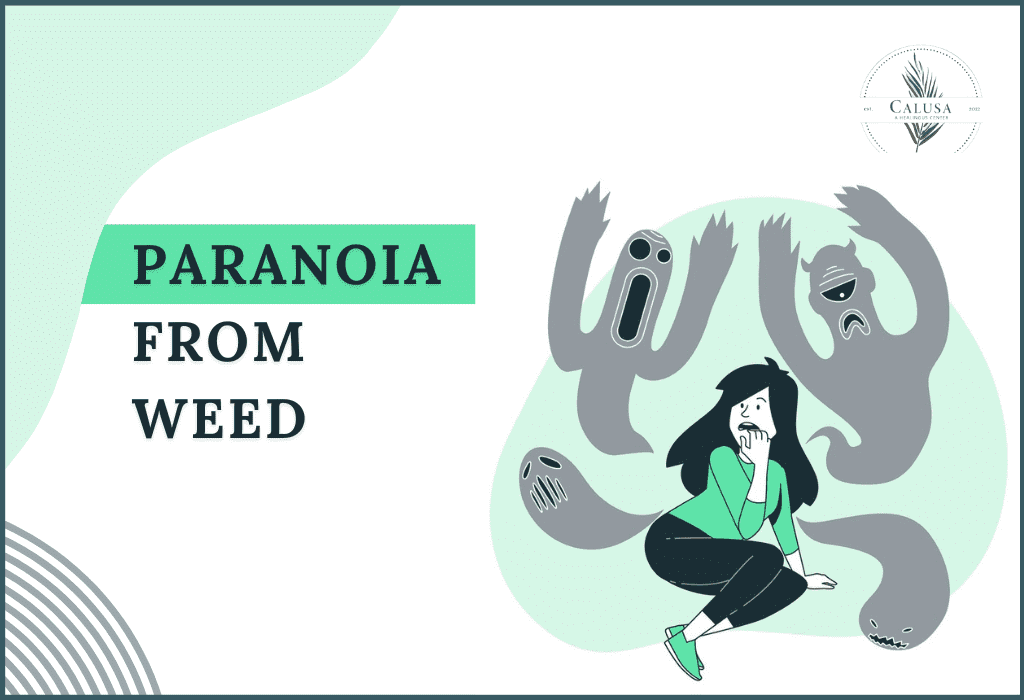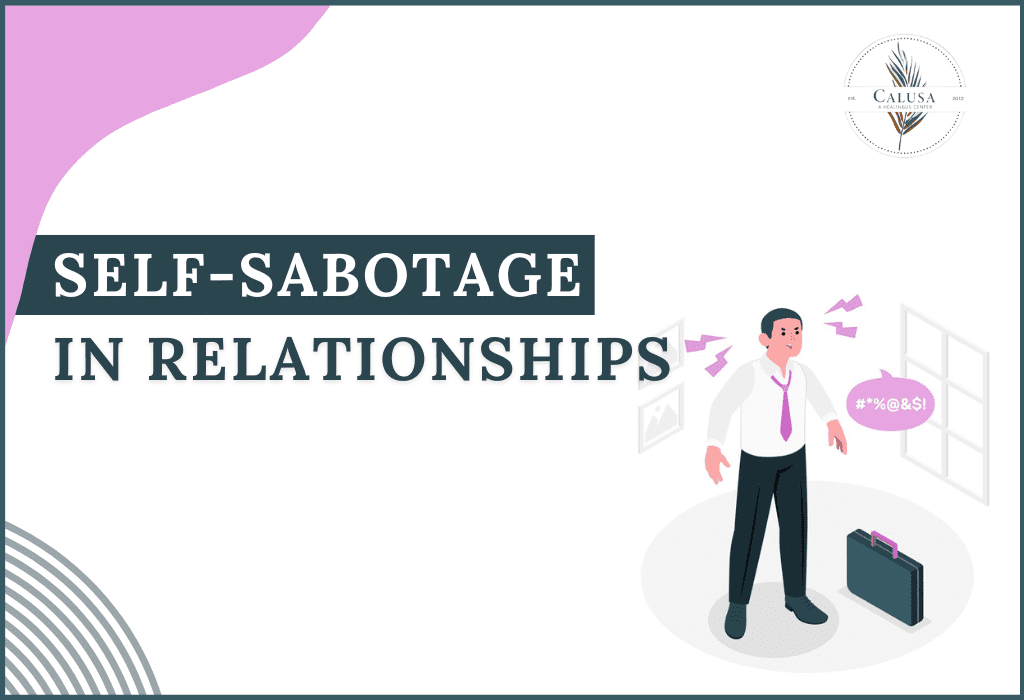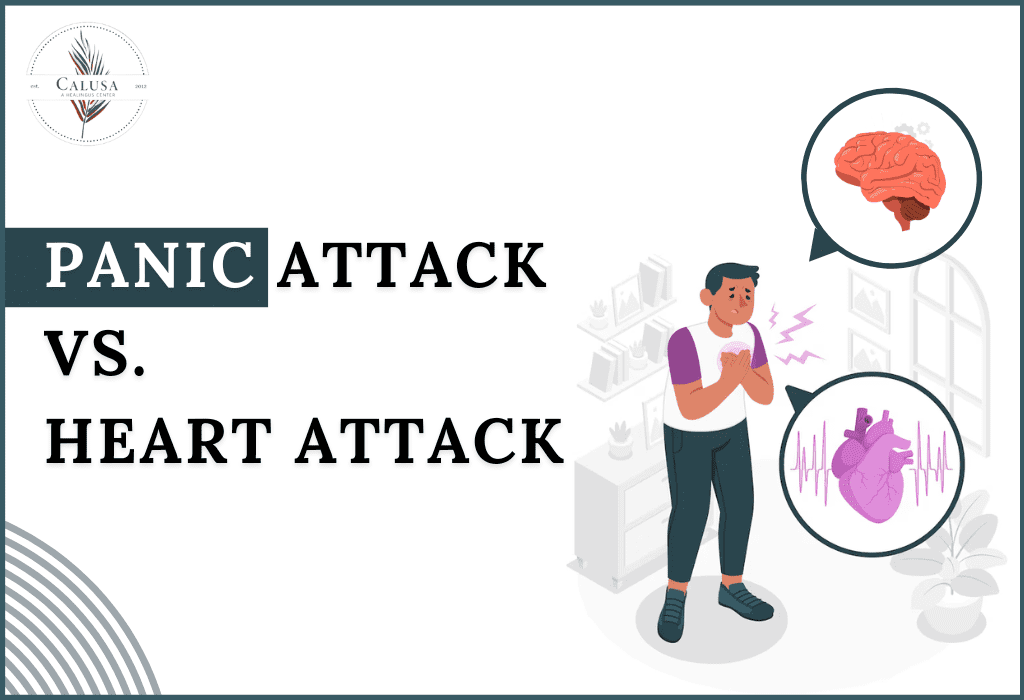Are you or someone you know battling with cocaine addiction? Do you feel trapped in a cycle of despair, desperately seeking answers?
You are not alone. Cocaine addiction is a complex issue that affects millions of individuals worldwide.
Its devastating consequences can be physical, mental, and social, often leaving those affected feeling isolated and overwhelmed. By exploring the causes behind this addiction, we can begin to unravel the intricate web of factors that contribute to its grip on individuals.
Recognizing the signs and symptoms of cocaine addiction is crucial for early intervention and treatment. This guide will highlight the noticeable behavioral and physical changes that may indicate a dependency on this powerful stimulant.
Together, let’s get on a journey of understanding, empathy, and hope as we delve into the world of cocaine addiction and work towards a brighter future.
What is Cocaine Addiction?
Cocaine addiction, clinically known as cocaine use disorder, is a chronic and frequently relapsing condition characterized by an intense compulsion to use cocaine despite the ensuing adverse consequences.
It falls under the category of severe substance use disorder (SUD) and is notorious for the physical, psychological, and social harm it inflicts.
Cocaine, a powerful stimulant, profoundly affects the brain’s reward system. Upon cocaine consumption, an excessive release of dopamine, a neurotransmitter linked to pleasure and reward, ensues.
This sudden dopamine surge induces intense euphoria and heightened energy levels, rendering the drug extremely reinforcing.
However, the pleasurable effects of cocaine are fleeting, typically spanning only a brief few minutes to an hour. As these effects wane, individuals frequently find themselves mired in a “crash” – a state marked by feelings of depression, fatigue, and an insistent craving for additional cocaine. This recurrent pattern perpetuates as users seek to preserve the initial high, forming a dangerous cycle of repeated use. Here’s a simplified equation that encapsulates some of the key elements involved:
Cocaine Addiction (CA) = Genetics (G) + Environment (E) + Social Influences (SI) + Coping Mechanisms (CM) – Protective Factors (PF)
Exploring the Underlying Factors of Cocaine Addiction
In order to effectively prevent and treat cocaine addiction, it is imperative to delve into the root causes that drive individuals toward this debilitating condition. Several factors contribute to the development of cocaine addiction:
1. Psychological Triggers: Many individuals turn to cocaine as a coping mechanism for underlying psychological issues such as depression, anxiety, or past traumas. Cocaine offers a temporary respite from the emotional challenges posed by these conditions, which can be particularly alluring to some.
2. Genetic Influence: Scientific research has underscored the role of genetics in addiction vulnerability. Individuals with a family history of substance abuse may carry a genetic predisposition towards cocaine addiction, making them more susceptible to its grasp.
3. Peer Pressure and Environmental Factors: The influence of friends and social circles plays a significant role in the initiation of cocaine use. Exposure to the drug in such environments can propel individuals towards experimentation, eventually leading to dependence.
4. Accessibility and Availability: The ease with which cocaine is accessible in certain regions can significantly contribute to addiction rates. In areas where the drug is readily available, the temptation to experiment with cocaine increases, ultimately leading to a higher number of users.
Signs and Symptoms of Cocaine Addiction
Understanding the signs and symptoms of cocaine addiction is a pivotal step in early intervention and providing the necessary support for individuals facing this harrowing struggle. These indicators can vary from person to person but often include the following:
1. Physical Signs:
- Frequent nosebleeds and damage to the nasal passages from snorting cocaine: The act of snorting cocaine can take a toll on an individual’s nasal passages, leading to frequent nosebleeds and, in severe cases, structural damage.
- Dilated (enlarged) pupils: Cocaine use results in noticeable changes in a person’s appearance, particularly in their eyes. Pupils become dilated, appearing unnaturally large and often unresponsive to changes in light.
- Weight loss due to appetite suppression: Cocaine is notorious for its appetite-suppressing effects. Individuals in the throes of addiction may experience rapid and significant weight loss, which can be attributed to reduced food intake.
- Insomnia and irregular sleep patterns: Cocaine disrupts sleep cycles and can lead to insomnia. Users often struggle with erratic sleep patterns, including difficulty falling asleep and staying asleep. This sleep disturbance can contribute to a cycle of dependence on the drug.
2. Behavioral Signs:
- Increased secrecy and withdrawal from social circles: As cocaine addiction takes hold, individuals often become more secretive about their activities. They may withdraw from social circles, including friends and family, in an attempt to hide their drug use and the associated behavioral changes.
- Financial difficulties stemming from the high cost of cocaine: Cocaine addiction is costly, and funding the habit can lead to significant financial strain. Individuals may experience financial difficulties, depleting their resources to sustain their addiction.
- Severe mood swings, including irritability and paranoia: Cocaine’s impact on mood regulation can result in severe mood swings. Individuals may exhibit erratic behavior, including irritability, anxiety, and paranoia. These emotional shifts can strain relationships and exacerbate social isolation.
- Neglect of work, school, and family responsibilities: As addiction progresses, individuals may increasingly neglect their work, school, and family responsibilities. This negligence can lead to job loss, academic struggles, and damaged relationships.
3. Psychological Signs:
- Intense cravings for cocaine lead individuals to prioritize obtaining and using the drug: A hallmark of cocaine addiction is the relentless and intense craving for the drug. This craving can become the driving force behind an individual’s actions and decisions, compelling them to prioritize obtaining and using cocaine above all else.
- Development of tolerance, requiring larger doses to achieve the same effects: A hallmark of cocaine addiction is the relentless and intense craving for the drug. This craving can become the driving force behind an individual’s actions and decisions, compelling them to prioritize obtaining and using cocaine above all else.
- Experience withdrawal symptoms, including depression, anxiety, and fatigue when not using cocaine: When individuals addicted to cocaine are not using the drug, they can experience withdrawal symptoms. These symptoms include depression, anxiety, fatigue, and an overwhelming desire for the drug. The discomfort of withdrawal often drives individuals back to using cocaine to alleviate these distressing symptoms.
Cocaine addiction can have devastating effects on an individual’s physical and psychological health, making early recognition and intervention crucial for recovery.
Risk Factors for Cocaine Addiction
Understanding the risk factors associated with cocaine addiction is essential for identifying vulnerable individuals and implementing prevention strategies. These risk factors are often interrelated and can significantly increase the likelihood of developing a cocaine addiction.
1. Genetics and Family History: One of the most prominent risk factors for cocaine addiction is a genetic predisposition. If there is a family history of substance abuse or addiction, individuals may inherit a genetic vulnerability to drug dependence. This genetic link can affect the brain’s reward system, making individuals more susceptible to the pleasurable effects of cocaine.
2. Psychological Factors: Individuals with underlying mental health issues, such as depression, anxiety, or post-traumatic stress disorder (PTSD), are at higher risk of developing cocaine addiction. Cocaine’s euphoric effects may initially provide relief from emotional pain, which can lead to self-medication and ultimately dependence.
3. Peer Pressure and Social Environment: Social and environmental factors play a significant role in the initiation of cocaine use. Exposure to cocaine in social circles, whether through friends, parties, or a high prevalence of drug use in a particular area, can lead to experimentation. The pressure to fit in or conform to the behaviors of a group can push individuals toward cocaine use.
4. Easy Accessibility: The availability and accessibility of cocaine in specific regions can contribute to addiction rates. In areas where cocaine is readily available, the temptation to experiment with the drug is greater, and continued exposure can lead to dependence. The illicit drug trade and distribution networks can make it easier for people to obtain cocaine.
5. Early Exposure to Drugs: Early exposure to drugs, including alcohol and nicotine, during adolescence can increase the risk of developing a cocaine addiction later in life. The use of other substances at an early age can be a gateway to experimenting with cocaine and other illicit drugs.
6. Socioeconomic Factors: Socioeconomic status can also influence the risk of cocaine addiction. Individuals facing economic hardship or social disparities may turn to cocaine as a means of coping with stress, escaping their circumstances, or seeking pleasure.
7. History of Trauma: Individuals who have experienced physical, emotional, or psychological trauma, such as childhood abuse or neglect, maybe at an elevated risk of using cocaine as a way to self-soothe and temporarily alleviate emotional pain.
8. Previous Substance Abuse: People who have struggled with other substance use disorders, such as alcohol or prescription drugs, may be more prone to developing cocaine addiction. The experience of addiction and the desire for intense highs can lead them to experiment with cocaine.
Detoxification and withdrawal from cocaine
Cocaine addiction is a formidable adversary, but the journey to recovery starts with detoxification. Detoxification, often referred to as detox, is the crucial initial phase in overcoming cocaine addiction. It involves purging the body of cocaine while managing the accompanying withdrawal symptoms.
Cocaine Detoxification: The First Step Towards Freedom
Cocaine detoxification is the cornerstone of the recovery process. It aims to eliminate the drug from the body and guide individuals through the tumultuous journey of withdrawal. This phase can occur in various settings, including inpatient rehab facilities, outpatient clinics, or under the supervision of healthcare professionals in the comfort of one’s home. The choice of setting depends on the individual’s specific needs and the severity of their addiction.
Withdrawal Symptoms: The Body’s Reaction
Withdrawal symptoms are the body’s reaction to the absence of cocaine. They can be both physical and psychological, varying in intensity based on the duration and extent of cocaine use. Common cocaine withdrawal symptoms include:
1. Depression: Feelings of sadness, hopelessness, and low energy often accompany withdrawal. These emotional struggles can be particularly challenging.
2. Anxiety: Cocaine withdrawal frequently intensifies feelings of anxiety and restlessness, making individuals uneasy.
3. Fatigue: Profound fatigue and sleep disturbances, including insomnia and excessive sleep, are common withdrawal symptoms, adding to the discomfort.
4. Intense Cravings: One of the most formidable challenges during withdrawal is the overwhelming urge to use cocaine. These cravings can be relentless, making it difficult to abstain from the drug.
5. Irritability: Withdrawal often leads to irritability and mood swings, affecting an individual’s relationships and overall well-being.
6. Increased Appetite: As the appetite-suppressing effects of cocaine wane, individuals may experience heightened hunger and may gain weight during detox.
7. Psychomotor Retardation: Some may experience slowed physical and mental functioning during withdrawal, which can be distressing.
8. Vivid Dreams: Many individuals undergoing cocaine withdrawal report unusually vivid and, at times, distressing dreams.
Cocaine detoxification is the crucial first stride on the path to recovery. It rids the body of this highly addictive substance, initiating the healing process. While withdrawal symptoms can be demanding, they are temporary, and with professional support, individuals can navigate this phase safely.
Detox sets the stage for further treatment, including therapy and counseling, which addresses the psychological aspects of addiction. It’s important to remember that detox is not the culmination of the journey; it is the commencement.
Treatment Options for Cocaine Addiction: Reclaiming Lives
Cocaine addiction is a challenging road to navigate, but recovery is not only possible but also within reach with the right treatment options. We will explore various strategies and approaches to address cocaine addiction, providing a holistic view of how individuals can break free from the shackles of addiction.
1. Behavioral Therapies: Rewiring Thought Patterns
Behavioral therapies are a cornerstone of cocaine addiction treatment. These therapies aim to restructure the thought patterns and behaviors that perpetuate addiction. Some effective behavioral therapies include:
- Cognitive-Behavioral Therapy (CBT): CBT helps individuals identify and change unhealthy thought patterns and behaviors. It equips them with skills to manage cravings and cope with high-risk situations that may trigger relapse.
- Contingency Management: This approach provides tangible rewards or incentives as motivation for abstinence. Individuals earn rewards for staying drug-free, which can be a powerful motivator.
- Motivational Enhancement Therapy: Motivational Enhancement Therapy aims to enhance an individual’s motivation to quit using cocaine. It is client-centered and helps individuals resolve their ambivalence about quitting.
2. Support Groups: Community and Camaraderie
Participation in support groups can be an invaluable aspect of cocaine addiction recovery. These groups, such as Narcotics Anonymous (NA) and Cocaine Anonymous (CA), provide a supportive and non-judgmental environment where individuals can share their experiences and struggles. Being part of a community that understands the challenges of addiction fosters a sense of camaraderie and encourages individuals to maintain sobriety.
3. Medication-Assisted Treatment (MAT): Reducing Cravings
Medications can be a critical component of cocaine addiction treatment, particularly in reducing cravings and withdrawal symptoms. Although there are no FDA-approved medications specifically for cocaine addiction, certain drugs may still be used off-label to manage symptoms.
- Topiramate: Originally an anticonvulsant, topiramate has shown promise in reducing cocaine cravings.
- Disulfiram: Disulfiram is primarily used to treat alcohol use disorder, but it can be used off-label to deter cocaine use by causing unpleasant reactions when the drug is consumed.
- N-acetylcysteine (NAC): NAC has demonstrated potential in reducing cravings and enhancing abstinence.
4. Inpatient and Outpatient Programs: Tailored Treatment
Inpatient and outpatient rehabilitation programs offer different levels of care to suit individual needs.
- Inpatient Rehab: Inpatient programs provide 24/7 care, offering a structured environment conducive to recovery. They are particularly beneficial for individuals with severe addiction or those who lack a supportive home environment.
- Outpatient Programs: Outpatient programs offer flexibility, allowing individuals to receive treatment while still living at home. This is suitable for those with a strong support system and a lower level of addiction severity.
5. Holistic Approaches: Mind and Body Healing
Holistic approaches encompass a wide range of therapeutic practices that consider the whole person—mind, body, and spirit. Techniques such as mindfulness, yoga, and acupuncture can complement traditional treatment methods, helping individuals manage stress, build resilience, and achieve a state of balance.
6. Dual Diagnosis Treatment: Addressing Co-Occurring Disorders
Cocaine addiction often co-occurs with other mental health disorders. Dual-diagnosis treatment is essential for individuals facing both addiction and underlying psychiatric conditions. Addressing these co-occurring disorders concurrently is key to long-term recovery.
Supporting Recovery from Cocaine Addiction: Rebuilding Lives
Recovery from cocaine addiction is a transformative journey, often fraught with challenges, but with the right support, individuals can regain control of their lives and build a brighter, drug-free future. This journey is all about making your future brighter and free from drugs, like starting a brand-new chapter in your life. Here are some practical steps to help you build a happier, drug-free future:
1. Identifying Triggers and Building Coping Mechanisms
Recognizing and understanding the triggers that lead to cocaine use is a fundamental step in recovery. Triggers can be people, places, emotions, or situations that make cravings more intense. By identifying these triggers, individuals can develop effective coping mechanisms to manage the urge to use cocaine.
Counseling and therapy, particularly cognitive-behavioral therapy (CBT), can equip individuals with the skills to identify triggers and employ healthy coping strategies. This may involve practicing stress-reduction techniques, mindfulness, and building resilience against the pull of addiction.
2. Building a Strong Support System
A robust support system is crucial during the recovery process. This can include:
Family and Friends: Involving loved ones who understand the challenges of addiction and can provide emotional support and encouragement.
Support Groups: Joining support groups like Narcotics Anonymous (NA) and Cocaine Anonymous (CA) can connect individuals with peers who share similar experiences, providing a sense of camaraderie.
Mental Health Professionals: Working with therapists and counselors who specialize in addiction and recovery can offer valuable guidance and coping strategies.
3. Staying Engaged in Treatment and Therapy
Recovery is an ongoing process that requires commitment. Staying engaged in treatment and therapy is vital to long-term success. This involves:
Regular Counseling: Consistently attending counseling or therapy sessions to address the underlying issues driving addiction and to develop healthier thought patterns and behaviors.
Medication Management: For those undergoing medication-assisted treatment (MAT), adherence to prescribed medications and regular check-ins with healthcare providers is essential.
Continued Education: Learning about addiction and relapse prevention to stay informed and empowered during recovery.
4. Monitoring and Managing Cravings
Cocaine cravings can persist even in long-term recovery. Managing these cravings is crucial. Techniques include:
Mindfulness and Meditation: Practicing mindfulness can help individuals stay present and resist the urge to use cocaine in response to cravings.
Healthy Lifestyle Choices: Regular exercise, a balanced diet, and adequate sleep can contribute to overall well-being and reduce the intensity of cravings.
Emergency Contact: Having a trusted person to call during a craving can offer immediate support and intervention.
5. Addressing Co-Occurring Disorders
Many individuals with cocaine addiction also struggle with co-occurring mental health disorders. Treating these disorders concurrently is essential. Seeking professional mental health services, including therapy and medication when necessary, can contribute to overall recovery.
6. Creating a Relapse Prevention Plan
A relapse prevention plan is a proactive strategy to anticipate and counteract potential triggers and temptations. It may include:
Recognizing Warning Signs: Identifying early signs of relapse, such as increased stress, social isolation, or mood swings.
Emergency Action Steps: Having a clear plan for what to do if a relapse seems imminent, including reaching out to a counselor, therapist, or support network.
Regular Check-Ins: Consistently check in with healthcare providers or support groups to maintain accountability and ensure timely intervention.
Conclusion – Seeking help for cocaine addiction
In the quest to overcome cocaine addiction, seeking help is the pivotal turning point. It symbolizes the promise of transformation, liberation from addiction’s clutches, and a dedication to a healthier life. Professional assistance provides tailored treatment, security, and encouragement, all while challenging the shadow of addiction’s stigma. This isn’t merely a step; it’s an enduring commitment to growth, recovery, and a brighter horizon. Always bear in mind that recovery is achievable, and taking that initial step towards seeking help is the primary stride on this remarkable journey.
| Don’t wait. Your brighter future begins now.
Call us at 866-939-6292 today. Your journey to a drug-free, brighter future starts with the first call. |


